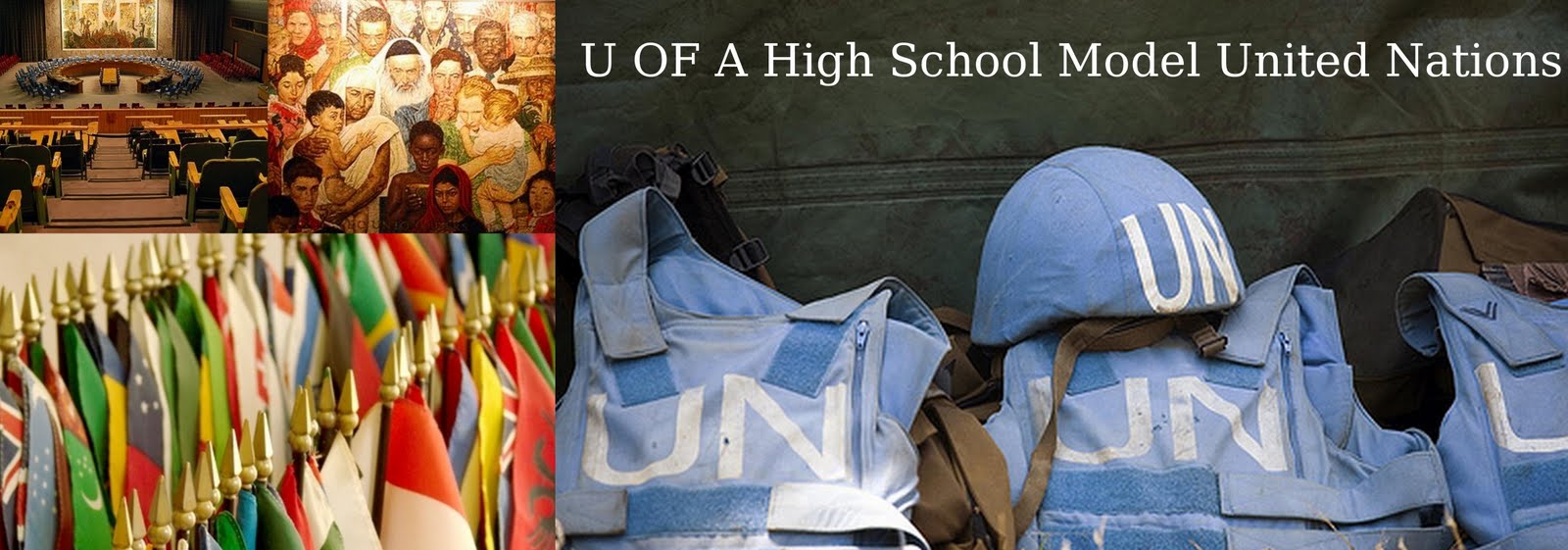Hope you find this while you're warm and cozy this Holiday season to remind you of your duties.
First, some articles to check out.
The Silk Road Studies Program published an excellent article for a demonstration of how political pressures can affect the responses to cross-border terrorism. Though dated, it is an excellent example.
Their sister institute the Central Asia-Caucasus Institute also produces a lot of good material on regional issues in this tinderbox area that is rife with cross-border terrorism issues. Including one discussing methods for counter-insurgency operations in Russia's Chechnya and Dagestan regions. To add to Russia's troubles that we can examine, another excellent instance of political play with suspected acts of terrorism recently occured in Georgia, with Georgian police arresting several suspects who in addition to plotting terrorist attacks are also under suspicion of acting with Russian sanction.
Second, because I don't want to do too much work for all of you, I am going to give some hints as to major axis in cross-border terrorism.
First, the entire Middle East, and deep into South-East Asia forms a very long chain of various cross-border terror groups. This is added to by tributaries from the Caucasus region and Central Asia.
The number of terrorist groups that operate across borders in this area is too numerous to list here. Some high profile groups and regions you should be aware of:
- The PKK - A Kurdish nationalist organisation operating out of Northern Iraq, launching attacks into Turkey, Iran, and Syria in a bid to establish a Kurdistani homeland.
- Hamas, Hezbollah, and Shia militias in Iraq - An understanding of the Shia-Sunni split and the geography of these ethnicities will help you understand the Middle East much better. Power players in the Middle East often support terrorist groups to meet their ends.
- Balochistani Militias - Balochistan also suffers from nationalist uprisings, spreading into Iran and Pakistan. The Pakistaki effects can be found at the Pakistan Conflict Monitor's Balochistan chain.
- Pakistan's NWFP - A massive melting pot of insurgency, this is a key area of importance due to its effects on India, Afghanistan, and in Pakistan as well. It's serious business.
- Maoist insurgencies in India, Nepal, and Burma - Thought Communism was dead? Not in the remote jungles of north-eastern India, Nepal, and western Burma.
Another major axis exists as a result of narco-terrorism activities in South America affecting Colombia, Venezuela, Peru, Ecuador, Mexico, and much of Central America.
- FARC is the primary terrorist group to be aware of here.
Another major axis would likely exist in the Horn of Africa, but this is closer to a full blown revolution than an insurgency or latent terrorism. The scale is much bigger, but can face similar issues of pegging in radical factions in nations with porous borders, weak militaries, and a general lack of law and order.
- Al-Shabab is a primary group to be aware of here.
Third, some homework. The SINGLE MOST IMPORTANT PART OF INTERNATIONAL POLITICS IS GEOGRAPHY! These three regions are going to be key to your discussions. Learn a little bit about their geography, ethnography, and vital economic resources. The CIA World Factbook is a great place to start.
Finally, some fun reading to better inform you about terrorism in general. This excellent article from STRATFOR might help you understand the way counter-terrorism works, and the way terrorism works, by examining holes in the planning stages of a terrorist attack.
Cheers,
Robert
Dias




No comments:
Post a Comment